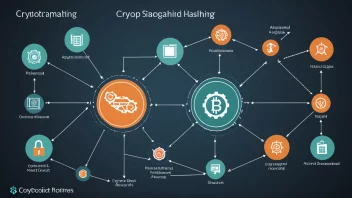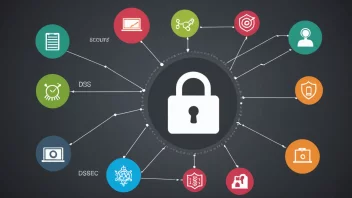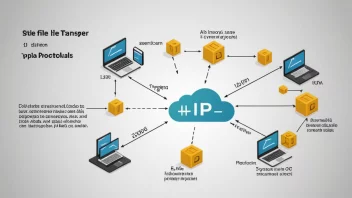In today’s digital age, the threat of data breaches looms larger than ever. Organizations must be prepared to respond swiftly and effectively to incidents that compromise sensitive information. An effective incident response strategy is crucial for minimizing damage and protecting both data integrity and customer trust.
Incident response involves a structured approach to managing and mitigating the consequences of security breaches. The first step in any incident response plan is preparation. This includes developing policies and procedures, assembling an incident response team, and conducting regular training exercises. By preparing in advance, organizations can ensure that they are ready to act quickly when a breach occurs.
Once a breach is detected, the incident response team must rapidly assess the situation. This includes identifying the nature and scope of the breach, determining what data has been compromised, and understanding how the breach occurred. Quick assessment allows organizations to contain the breach before it spreads further.
Containment is critical in the incident response process. Organizations should isolate affected systems to prevent further unauthorized access. This might involve taking systems offline or blocking certain network traffic. After containment, the focus shifts to eradication, where the root cause of the breach is identified and addressed. This may involve removing malware, closing vulnerabilities, or even changing access credentials.
Once the threat has been eradicated, recovery becomes the priority. Organizations must restore affected systems to normal operations, ensuring that all vulnerabilities have been addressed before bringing systems back online. Continuous monitoring is essential during this phase to detect any signs of residual threats.
After recovery, it’s important to conduct a thorough analysis of the incident. This includes documenting the incident timeline, assessing the effectiveness of the response, and identifying lessons learned. The insights gained from this analysis should be used to refine and improve the incident response plan, ensuring better preparedness for future incidents.
Additionally, communication plays a vital role in incident response. Organizations must have a clear communication strategy that addresses both internal and external stakeholders. This includes informing employees about the incident, guiding them on security practices, and communicating transparently with customers and regulatory bodies as needed.
In conclusion, an effective incident response strategy for data breaches is essential for any organization that handles sensitive data. By preparing in advance, quickly assessing and containing breaches, eradicating threats, and recovering systems, organizations can minimize the impact of data breaches. Continuous improvement through post-incident analysis ensures that strategies evolve and adapt to new threats. Ultimately, a robust incident response plan not only protects data but also maintains the trust of customers and stakeholders.






